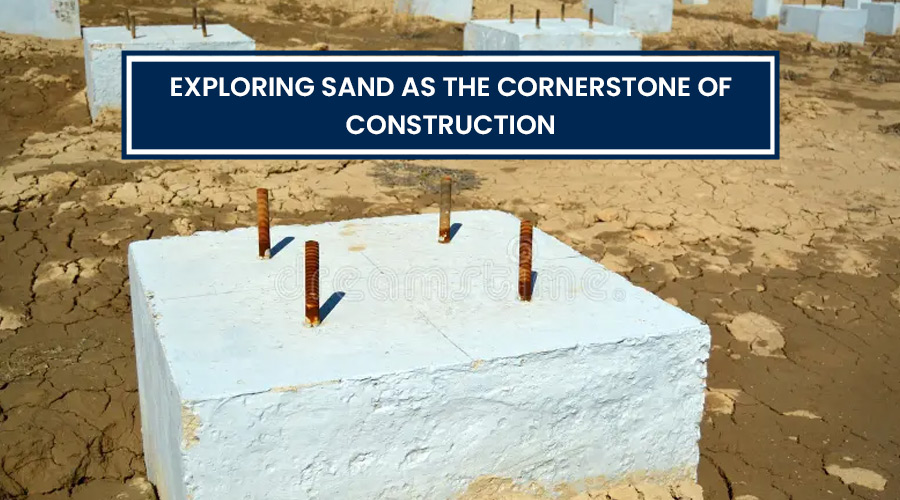Introduction
When we think of construction materials, sand might not be the first thing that comes to mind. However, sand plays a crucial role as the foundation of many structures around the world. From towering skyscrapers to sturdy bridges and durable roads, the use of sand as a construction material is pervasive and indispensable. In this blog post, we will delve into the significance of sand as a foundational element in construction, exploring its properties, applications, and sustainability considerations.
Properties of Sand
Sand is a granular material composed of tiny rock and mineral particles, typically ranging in size from 0.0625 mm to 2 mm. Its properties make it an ideal construction material due to its abundance, versatility, and unique characteristics. Some key properties of sand include
a. Cohesion and compaction: Sand particles possess a degree of cohesion, allowing them to bind together when compacted. This property ensures stability and strength when used as a foundation.
b. Porosity and drainage: Sand’s porous nature allows water to percolate through, preventing water accumulation and providing effective drainage, reducing the risk of structural damage caused by water.
c. Load-bearing capacity: Depending on its composition and compaction, sand can offer varying degrees of load-bearing capacity, making it suitable for supporting heavy structures.
Applications in Construction
Sand finds extensive use in various construction applications, including:
a. Concrete production: Sand is a primary component of concrete, the most widely used construction material globally. It acts as a filler, providing strength, stability, and workability to the concrete mixture.
b. Foundation construction: Sand serves as a reliable material for creating stable and level foundations for buildings, roads, and other structures. It distributes load evenly, preventing settlement and subsidence issues.
c. Road and pavement construction: Sand is a vital component in road and pavement construction, providing a solid base layer that can withstand heavy traffic and distribute loads efficiently.
d. Land reclamation and beach nourishment: In coastal regions, sand is used to replenish eroded beaches and create new land areas through land reclamation projects.
Sustainable Sand Usage
While sand is abundantly available, its extraction and usage must be managed sustainably to prevent environmental degradation. Some considerations include
a. Responsible sourcing: Promoting responsible sand mining practices that minimize environmental impact and prevent illegal sand extraction is crucial. Governments and industry stakeholders must collaborate to regulate and monitor sand extraction activities.
b. Alternative materials: Exploring alternative construction materials that reduce reliance on sand can help mitigate its environmental impact. Using recycled materials and incorporating innovative construction techniques can lead to more sustainable practices.
c. Conservation and restoration: Implementing measures to conserve and restore sand ecosystems, such as dunes and riverbeds, can help maintain the natural balance and functionality of these habitats.
Conclusion
Sand, often overlooked as a construction material, serves as the solid foundation upon which our modern world is built. Its unique properties make it indispensable in various construction applications, ensuring stability, strength, and durability. As we move forward, it is essential to balance the demand for sand with sustainable practices to protect our environment and preserve this valuable resource for future generations. By embracing responsible sourcing, exploring alternative materials, and promoting conservation efforts, we can continue to harness the potential of sand while safeguarding our planet’s ecosystems.

